Cover Photo by Bishnu Sarangi
Situated on the right bank of the Yamuna River, Agra Fort is one of the most significant monuments built in India during the Mughals' reign. Also famous as Qila-i-Akbari, Fort Rouge, and Lal–Qila, the Agra Fort was declared a UNESCO World Heritage Site in 1983. Built purely from red sandstone, the fort is the perfect example of Mughal architecture and art, reflecting the majesty and strength of the Mughal Empire.
The Red Fort in Agra had been owned by several rulers and emperors in diverse periods in the past that include Lodhi reign, Mughal realm, British Empire, and more. One of the best places to visit in Agra, the fort comprises many glorious monuments, halls, and palaces.
Here is everything you want to know about the Agra Fort including its structure, history, entry fee, and much more.
1. Agra Fort – Architecture
The Agra Fort impresses visitors with its semi-circular design which faces towards Yamuna River. With spectacular gardens, secret passways, royal rooms, grand Mahals, courts, and other astonishing structures, the fort or Agra ka Lal Kila (Qila) will keep you awestruck throughout the trip. A blend of Hindu and Islamic-styled structural design, this brilliant monument originally had four gates, including Amar Singh Gate, Delhi Gate, Ghazni Gate, and Hathi Pol.
However, visitors are permitted entry through the Amar Singh Gate. All the walls in the fort are around 2 km in perimeter and 70 feet in height. Delhi Gate displays the exclusive art of that era and it is the most glorious amongst all the four gates in the Agra Fort. Adorned with intricate artwork with white marble, the Delhi Gate was used as the emperor’s formal gate. As the northern part of the fort is used by the Indian Military now, the Delhi gate remains close to the public. The Red Fort in Agra also has several tunnels that were built to allow royal families to escape to the banks of River Yamuna in case of adverse events.
2. Agra Fort: History
This monumental masterpiece has been the possession of many Mughal rulers since 1500. The interesting history about the Agra Fort is that it was once a property of Ibrahim Lodhi who structured this fort as his abode. During the first battle of Panipat in 1526, the fort was detained by Babur who defeated Lodhi in the war. Agra Fort was rebuilt in its present form by Akbar, the third Mughal emperor of India. When Akbar took over the fort and decided to make it his capital, the fort had already gone through several wars and it was losing its majestic appeal. So, he restructured the entire fort with red sandstone in exteriors and bricks in the inner areas.
Under the reign of Shah Jahan, the grandson of Akbar, the Fort was renovated using white marbles for interiors. He destroyed several structures inside the Agra Fort and rebuilt mosques and palaces using white marbles. Later, the red fort was occupied by Maratha after defeating Aurangzeb, who imprisoned his father in the fort itself. Many other rulers and emperors around the reign fought with the Marathas to take control over the fort. Thus, it kept on moving from one dynasty to another for the next several years before ending with the East India Company. At present, the fort is the property of the Government of India.
3. Attractions inside the Agra Fort
The Red Fort in Agra comprises many palaces and monuments structured at different points of time by various emperors in history. Some of the major attractions inside the Agra Fort include:
3.1 Jahangir Palace
As soon as you enter the Amar Singh Gate you will get to explore Jahangir Palace, one of the most remarkable structures in the fort. Built by Akbar for his son Jahangir, the palace is embellished with delicate carvings and architectural elements. Here, a marvellous gateway leads to the inside courtyard encircled by grand halls adorned with intricate carvings on stone, piers, brackets, and crossbeams.
3.2 Musamman Burj
Also known as the octagonal tower, Musamman Burj is the most romantic and attractive pavilion inside the Agra Fort. This is the place where two gorgeous and dominant Mughal queens Mumtaz Mahal (Shahjahan's chief queen) and Nurjahan (Jahangir's chief queen) used to live during the Mughal region. Also, Musamman Burj is the place where Shahjahan spent his last few years during the captive held by his son, Aurangzeb. Decorated with elegant artwork, the octagonal tower provides the perfect view of the Taj Mahal.
3.4 Khas Mahal
Built in a unique combination of Islamic and Persian architecture, Khas Mahal is the palace built by Shahjahan for his wife Mumtaz Mahal. The interior walls of the palace are adorned with precious stones, gold, and gems. Khas Mahal is a specific structure that offers a glimpse of specially designed Angoori Bagh (grape garden or the Mughal garden). The palace is also known for significant architectural elements, including ceiling art, fountains, and lattice works.
3.5 Diwan-I-Am
Built by Shah Jahan, Diwan-I-Am was the hall for the public audience during the Mughal dynasty. Here, Shahjahan used to meet his officials and the common public and listened to the petitioners. Initially, this hall was made using red sandstone but later it was given the white marble look.
3.6 Diwan-i-Khas
This is the hall where the emperors used to meet their private audience. Built by Akbar and upgraded by Shah Jahan, Diwan-i-Khas displays amazing artwork in its structure that includes decorative works of Persian style, floral motifs, and marble carvings. Diwan-I-Khas used to have the legendary Peacock Throne of Shah Jahan. Studded with several precious stones as well as Kohinoor diamond, the peacock throne was later looted away from India.
3.7 Shahjahani Mahal
A fusion of sandstone and marble, this was probably the earliest monument that Emperor Shah Jahan changed inside the Agra Fort. Originally made with sandstone, the monument later got remodelled with white marble. If you are someone who loves to go deep into time and history, you can hire an Agra fort guide to know more about the history behind each monument in the fort.
3.8 Sheesh Mahal
Made entirely with reflective surfaces, Sheesh Mahal or the mirror palace is the finest illustration of water engineering and architecture in the hammams. The palace attracts visitors with its attractive carvings and intricate mirror works on the walls, which are the perfect example of the glass-mosaic embellishment in India. The mirror palace is supposed to have been the dressing room or harem during the Mughal region.
3.9 Jahangir’s Chain of Justice
Jahangir was famous for his inventive strategy of the ‘Chain of Justice’. This is a huge gold chain with 60 bells attached to it. The Mughal Emperor had placed it on his palace wall to allow people to get justice in the reign. People in search of justice used to come here and shake the chain to create a colossal sound and made their complaints heard for justice. In a way, this was the complaint redressal method in the Mughal dynasty.
3.10 Nagina Masjid
Situated beside the Diwan-i-Am inside the Agra Fort, Nagina Masjid is a mosque structured by Shah Jahan for the women in the Royal family. Also known as Jewel Mosque, or Gem Mosque, Nagina Masjid was built only with pure white marble. With simple architecture and decoration, the mosque has some special features including magnificent arches and three royal domes. It was a private place of worship during the Mughal region.
3.11 Bengali Mahal
Built by Akbar and later revamped by Shah Jahan, Bengali Mahal was a huge palace having curved or Banglauar chhajjas. It is said that this palace has some secret buildings underneath the structure. Shah Jahan built some other palaces on the northern area of this palace that divides it into two parts, including Jahangiri Mahal and Akbari Mahal.
3.12 Anguri Bagh
Situated in front of Khas Mahal, Anguri Bagh or Garden of grapes was built by Shah Jahan in 1637. Surrounded by apartments built for royal ladies, Anguri Bagh was the central area of the zenana. It was divided into sections with a fountain in the centre. The Garden of grapes was meant to be a private spot of recreation for the royal ladies.
Some other significant structures to see inside the Agra ka Lal Kila (Qila) include:
- Golden Pavilions
- Mina Masjid
- Ghazni Gate
- Babur’s Baoli
- Moti Masjid
- Jahangir's Hauz
Other than exploring the historical monuments, you can enjoy many other activities in Agra. You can explore the city further, go for a Mughal Heritage Walk, shop for souvenirs, and enjoy mouthwatering cuisines in the best restaurants in Agra.
4. Best Time to Visit Agra Fort
Though one can visit this historical place throughout the year, it is wise to visit is from October to April when the temperature is moderate. The timing to visit Agra Fort is from sunrise to sunset every day. You can watch and experience the rich history of the fort at evening light and music show held regularly inside the fort.
The opening time of Agra Fort is from 6.00 A.M to 6:00 P.M on all days of the week.
5. Agra Fort Entry Fee
There is a small ticket counter outside the Lahore Gate. However, you can also purchase a ticket for Agra Fort through the online portal.
Agra Fort entry fee;
- Indian – INR 40
- Foreigner – INR 550
- Children – free entry
In the end, make sure your Agra tour package lets you explore the Agra Fort to the fullest because there’s a lot to see and experience.











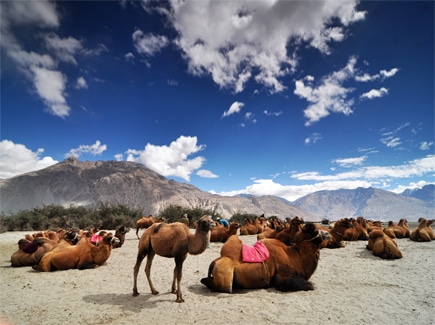
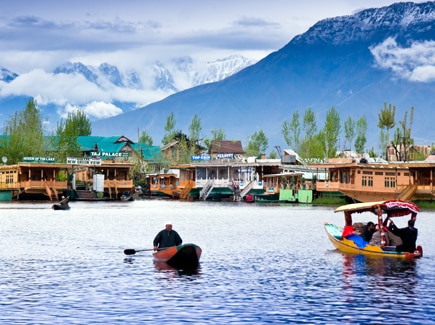
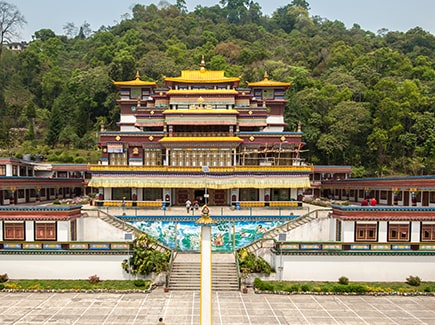
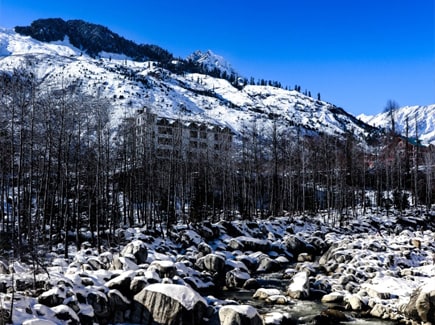
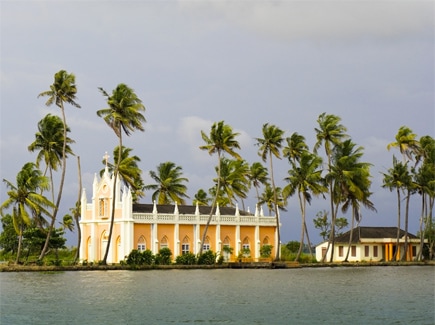
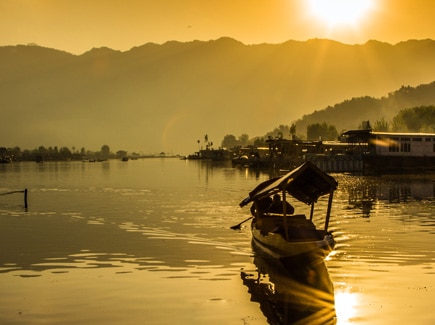
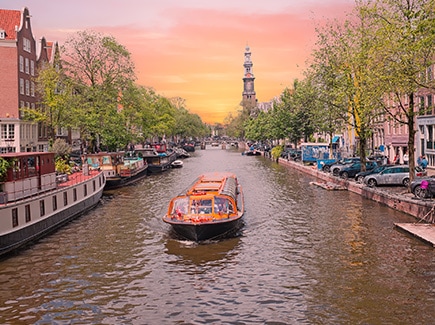
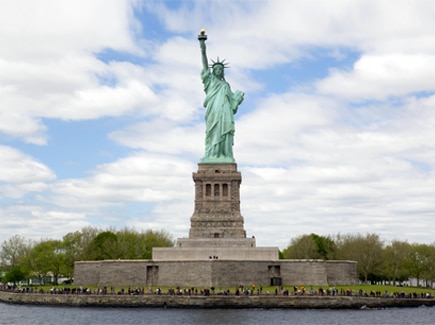
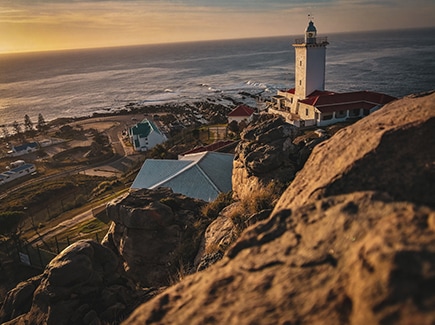
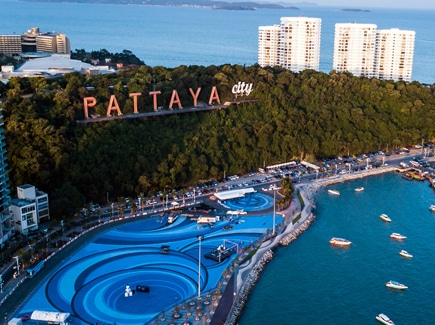
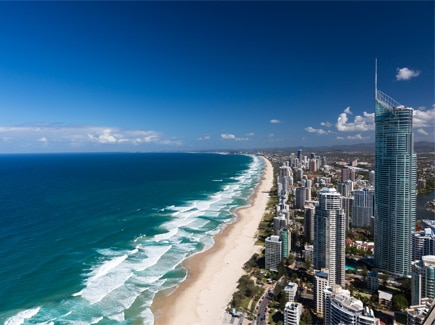























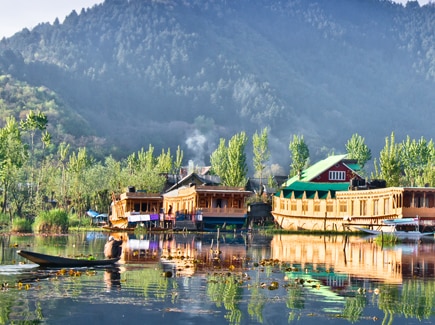
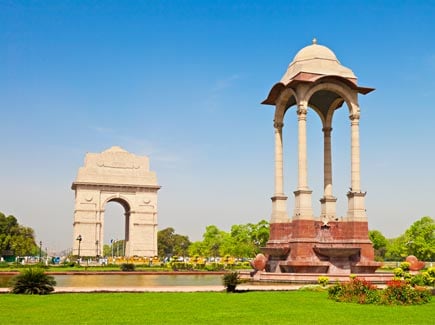
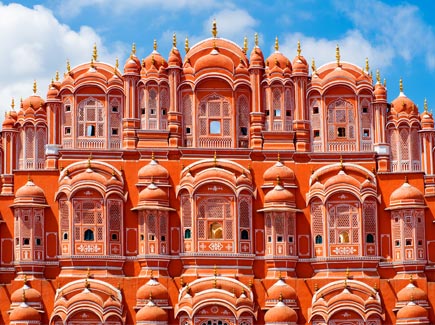









Post your Comment
Please let us know your thoughts on this story by leaving a comment.